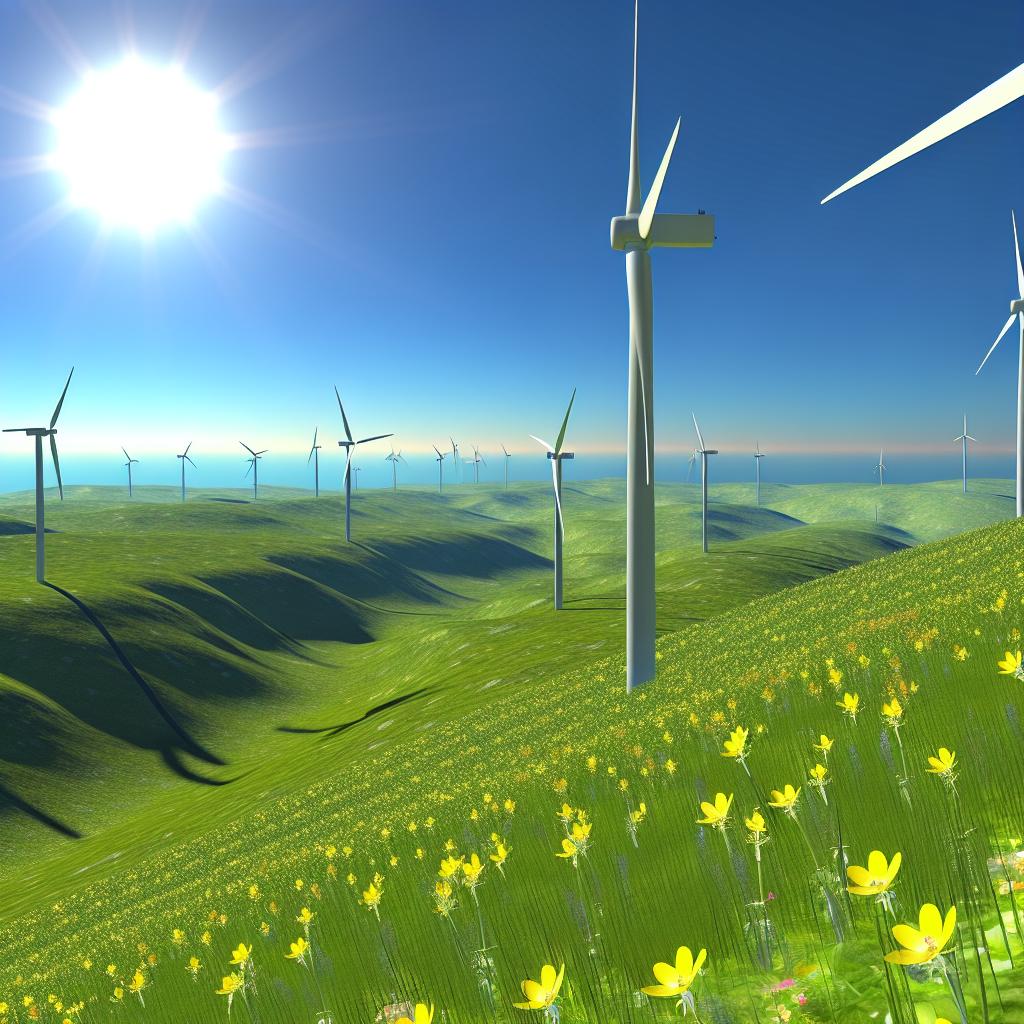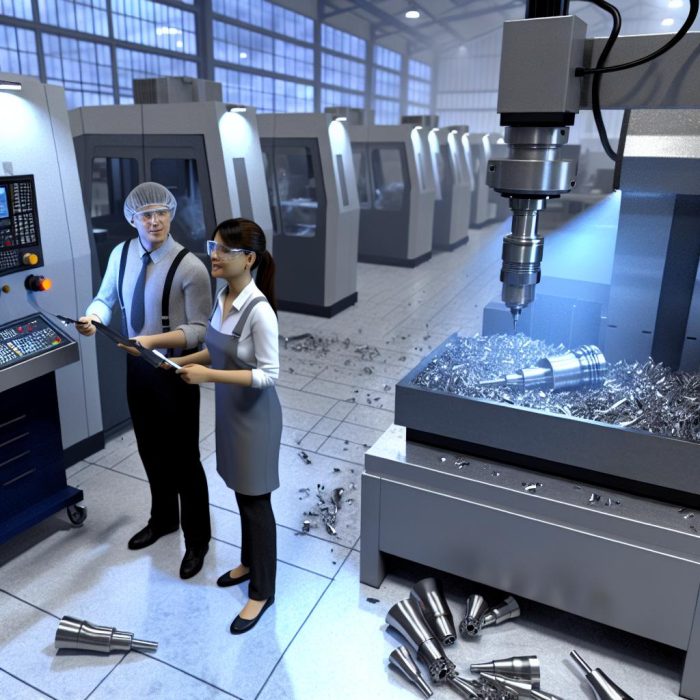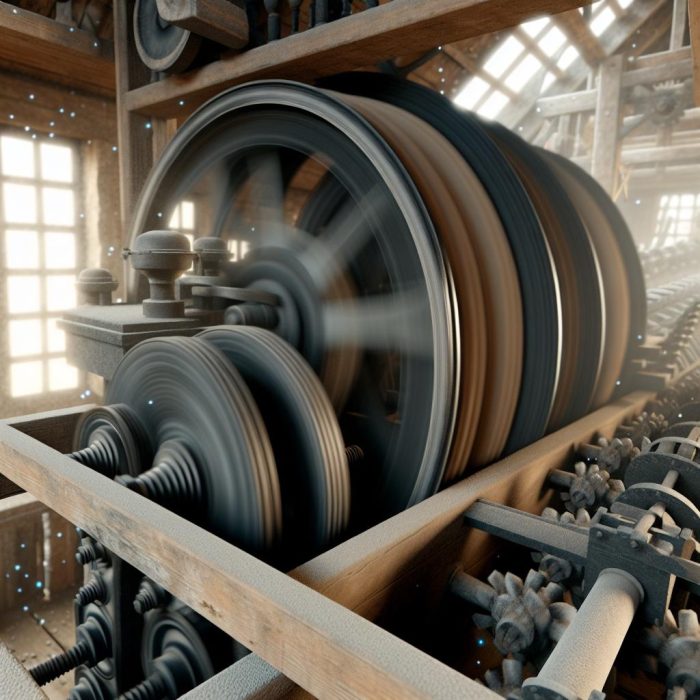Introduction to Wind Energy
The use of wind energy represents a pivotal aspect of the global movement towards embracing renewable sources of power. An array of countries worldwide are investing heavily in wind power due to its substantial benefits. By leveraging natural wind forces to generate electricity, wind power provides a sustainable, efficient, and environmentally friendly alternative to conventional fossil fuel-based energy. This transition is not only critical for the environment but also holds promise for creating a sustainable and resilient future energy infrastructure.
How Wind Turbines Work
At the core of wind energy production is the wind turbine, which operates based on a straightforward principle. The interaction between wind and the blades of the turbine results in the blades turning, which in turn spins a shaft connected to a generator, thus producing electricity. The design of modern wind turbines has evolved to maximize efficiency. Typically, these turbines have three blades and the ability to rotate to align with the wind’s direction, optimizing energy capture.
Types of Wind Turbines
Wind turbines are broadly categorized into two types: horizontal-axis wind turbines (HAWTs) and vertical-axis wind turbines (VAWTs).
Horizontal-axis wind turbines are widely utilized due to their advantage of capturing wind from any direction. They consist of a rotor shaft and blades typically positioned at the top of a tower, and these components need to be oriented to face the wind, which requires a complex system of gears and motors. This type is known for its high efficiency and is prevalent across many large-scale wind farm projects globally.
Alternatively, vertical-axis wind turbines possess a simpler design and do not need alignment to the wind’s direction, making them an attractive option for urban settings where wind direction can be inconsistent. These turbines have their rotor shaft set vertically, allowing them to catch wind from any direction and potentially reducing mechanical complexity and maintenance costs.
Benefits of Wind Energy
Wind energy presents numerous advantages, the foremost being its sustainability. The wind is a vast and inexhaustible resource, which makes it a reliable option for sustained energy production over the long term. After a turbine’s construction, which itself involves minimal emissions, wind energy production is largely emission-free and does not entail significant pollution.
Another crucial benefit is the reduction of reliance on fossil fuels, which has been linked to negative environmental impacts such as greenhouse gas emissions and climate change. By scaling up wind energy production, countries can lower carbon emissions substantially, aligning with global efforts to tackle climate issues.
Moreover, the wind energy sector is instrumental from an economic standpoint, offering a range of job opportunities. The manufacturing, installation, and maintenance of wind turbines contribute to economic activity and stimulate growth, particularly in regions keen on advancing their renewable energy industries.
Challenges in Wind Energy Development
Despite its obvious merits, the development of wind energy systems is not without challenges. There are concerns relating to aesthetics, as the placement of large wind turbines can impact landscapes and local vistas. Noise emission from turbines, although generally decreasing with each technological advancement, is also a consideration.
Another significant challenge relates to wildlife. Wind farms can affect birds and bats, which are sometimes harmed by turbine blades. Mitigating these effects entails careful site selection and technological innovation to create solutions that are both eco-friendly and economically viable.
The variability of wind poses another set of challenges. Wind energy cannot be produced on demand but rather is subject to wind patterns which are not constant. As such, effective energy storage solutions or hybrid systems complementing wind energy are necessary to ensure a consistent and reliable energy supply.
Initial capital costs for wind energy projects can be high, posing a hurdle for widespread adoption. However, the trajectory of technological advancements is driving costs down, making wind energy increasingly competitive in comparison with traditional energy sources.
Future of Wind Energy
Looking forward, the future of wind energy is optimistic. Ongoing innovations in turbine technology, improved materials, and advanced grid integration strategies are all contributing to enhanced efficiency and reduced costs. According to the U.S. Department of Energy, wind power is poised to become a cornerstone in the drive towards clean energy.
Moreover, government policies and incentives are increasingly supporting the adoption of renewable energy projects, which include wind energy. These governmental efforts are instrumental in facilitating further deployment and integration into national grids.
In summary, wind energy is emerging as a fundamental component of the global shift towards sustainable energy solutions. Its environmental benefits are substantial, contributing to the reduction of carbon emissions and the diversification of energy portfolios away from fossil fuel dominance. Economically, wind energy supports job creation and plays a vital role in driving growth within the renewable energy sector. As technological and policy frameworks continue to evolve, wind energy is set to become an even more significant contributor to achieving global energy sustainability goals.



